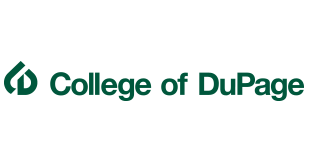Document Type
Poster
Publication Date
2-27-2021
Abstract
In Honors Psychology, I studied Figure reversals and perception. This concept intrigued me and was the reason I decided to do a research project on our ability to reverse figures based on our creativity. A study was conducted to determine the relationship between self-reported and measured creativity in the ease of figure reversal. Divergent thinking involves the thought process of generating creative ideas by exploring many possible solutions. J.P. Guilford proposed that creativity could be studied objectively and attempted to prove this through the Guilford’s Alternative Uses Task. The Alternative Uses Task involves asking a question that requires the individual to complete a task such as listing as many unique uses of an object as they can. Besides divergent thinking, insight creativity has also been researched using tests such as the RAT or Remote Associates Test created in the 1960s by Sarnoff Mednick to measure convergent thinking. Unlike divergent thinking, when measuring convergent thinking the individual gives one response with only one correct answer. A survey including the topics of figure reversals and cognitive tests was distributed and completed by participants. The figure reversal images included the Duck-Rabbit, “My Wife and My Mother-in-Law" illusion, and a painting often attributed to either Salvador Dali or Octavio Ocampo. Results showed that individuals who were divergent thinkers were more likely to reverse ambiguous figures with ease. While participants who portrayed more insight creativity were less likely to reverse figures with ease.
Recommended Citation
Arthur, Blessing, "Ease of Figure Reversal and Creativity" (2021). 2021 Honors Council of the Illinois Region. 1.
https://dc.cod.edu/hcir2021/1

